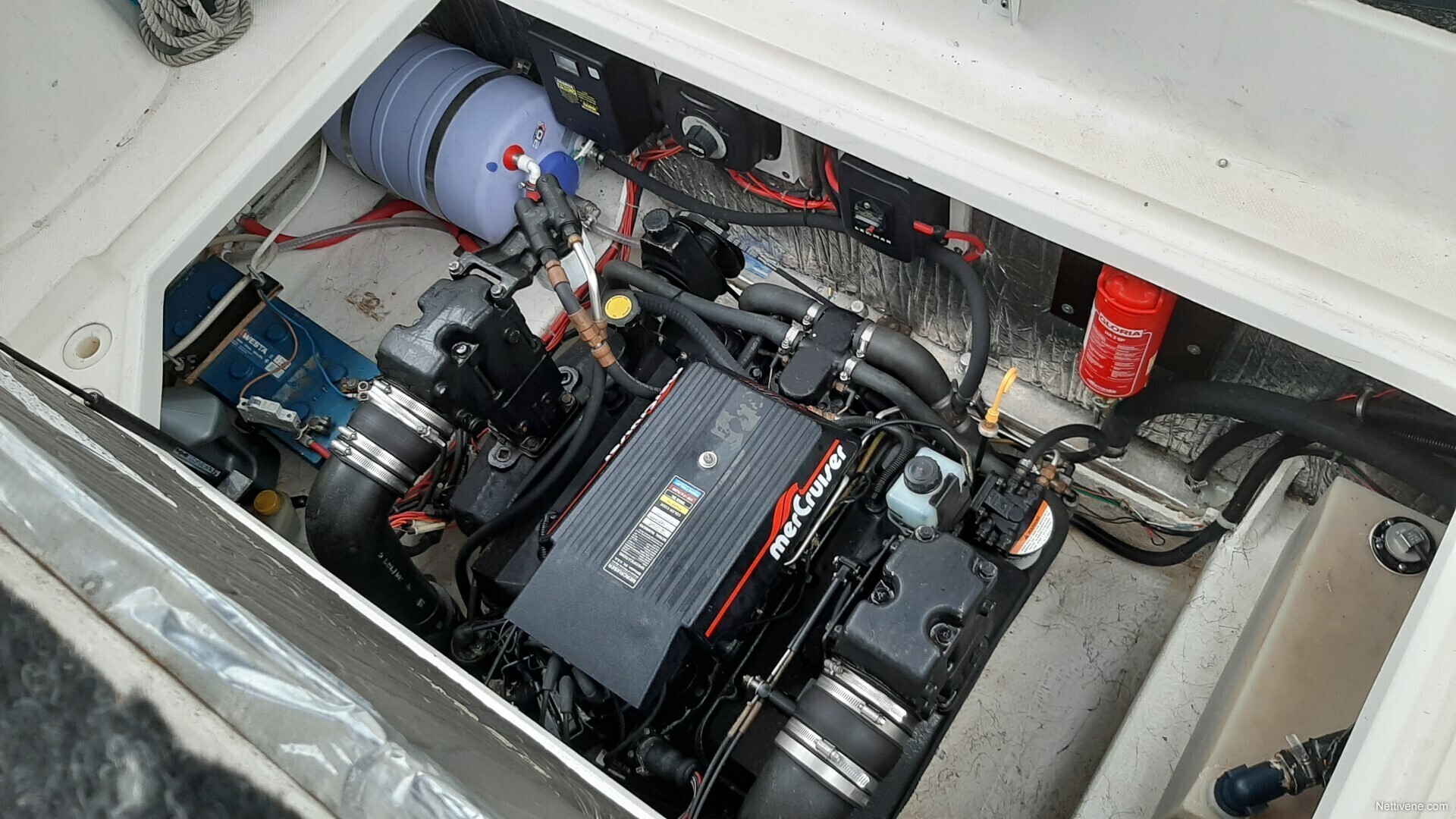

This manuscript provides an overview of state-level research on penal change in the United States in the latter half of the twentieth century. We find considerable support for the importance of historical contingencies in shaping state-level imprisonment trends, and our findings highlight the enduring importance of race in explaining incarceration.

Our findings suggest that most of the factors that best explained state incarceration rates in the prison boom era lost power once imprisonment stabilized and declined. We also extend our analysis beyond mass incarceration's rise to analyze how factors associated with prison expansion can explain its stabilization and contraction in the early twenty-first century. Our findings suggest that the relative contributions of violent crime, minority composition, political ideology, and partisanship to imprisonment vary over time. Also drawing on historical work, we examine how these key determinants differed in Sunbelt states, that is, the states stretching across the nation's South from the Atlantic coast to the Pacific, from the rest of the nation. of certain social and political factors explain imprisonment. We use state-level decennial data from 1970 to 2010 (N = 250) to test whether recent theoretical models derived from historical research that emphasize the importance of specific historical periods in shaping the relative importance. This article combines insights from historical research and quantitative analyses that have attempted to explain changes in incarceration rates in the United States. She concludes by sketching out a promising alternative path to begin dismantling the carceral state. She analyzes the shortcomings of the two dominant penal reform strategies-one focused on addressing racial disparities, the other on seeking bipartisan, race-neutral solutions centered on reentry, justice reinvestment, and reducing recidivism.In this bracing appraisal of the politics of penal reform, Gottschalk exposes the broader pathologies in American politics that are preventing the country from solving its most pressing problems, including the stranglehold that neoliberalism exerts on public policy. As it sunders families and communities and reworks conceptions of democracy, rights, and citizenship, this ever-widening carceral state poses a formidable political and social challenge.In this book, Marie Gottschalk examines why the carceral state, with its growing number of outcasts, remains so tenacious in the United States.

#LEVELFIX 305HV FULL#
It includes not only the country’s vast archipelago of jails and prisons but also the growing range of penal punishments and controls that lie in the never-never land between prison and full citizenship, from probation and parole to immigrant detention, felon disenfranchisement, and extensive lifetime restrictions on sex offenders. Meanwhile, a carceral state has sprouted in the shadows of mass imprisonment, extending its reach far beyond the prison gate. jails and prisons have been remarkably modest.

The huge prison buildup of the past four decades has few defenders today, yet reforms to reduce the number of people in U.S. The findings presented in this study emphasize the importance of time and place when trying to untangle trends in correctional budget decision-making. Further, beginning in the 80s, percentage African-American were negatively associated with the proportion of budget allocated for corrections.Conclusions Violent crime had a positive and significant influence on corrections spending during the 80s, while Republican strength was similarly associated with increases in spending from the 80s through the 90s. The study employs a pooled time-series analysis of 49 states from 1971 through 2008, with a final sample size of N = 1862 cases, to examine the factors that help to predict the log-transformed percent of total state expenditures allocated for the total direct expenditures on corrections.ResultsThe current study finds that determinants of state-level corrections spending vary across time. This study further attempts to address how the salience of crime, partisan politics, and racial and social threats may have shifted over time and across regions.Methods The current study examines the percentage of a state’s total expenditures that is allocated for corrections in an attempt to untangle how the influence of key determinants helped to shift state resources in ways likely to aid prison expansion.


 0 kommentar(er)
0 kommentar(er)
